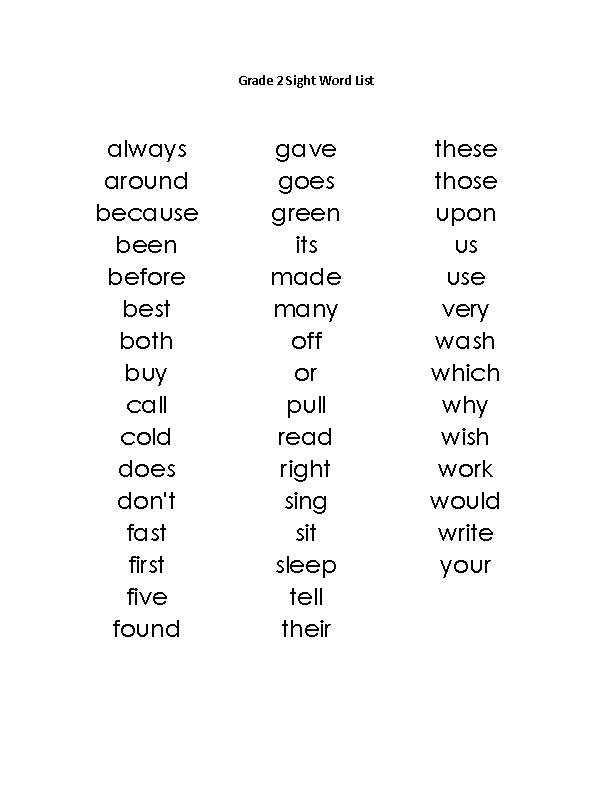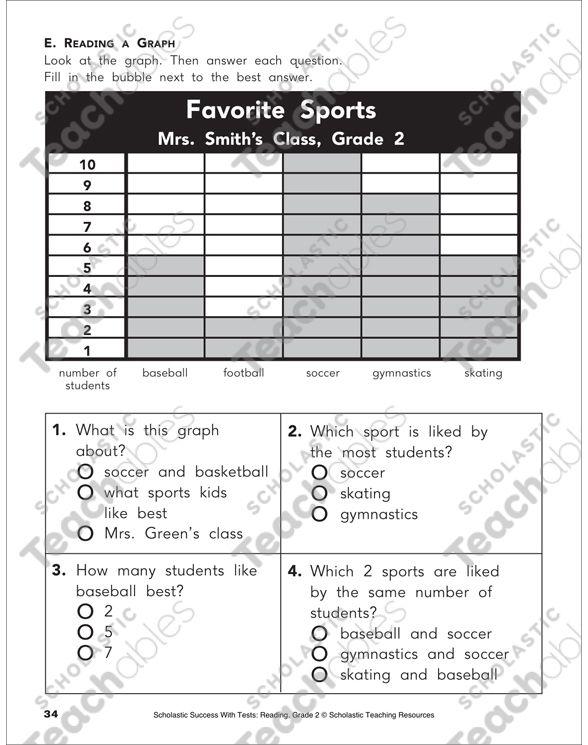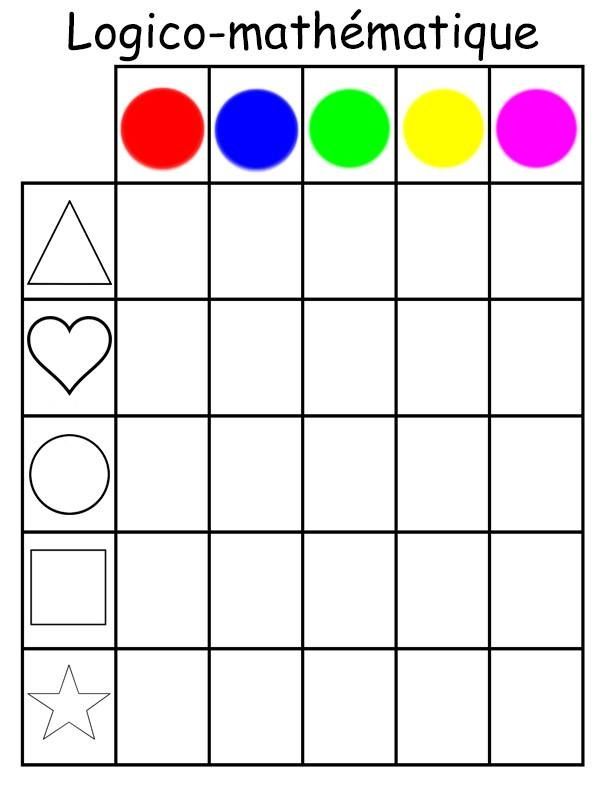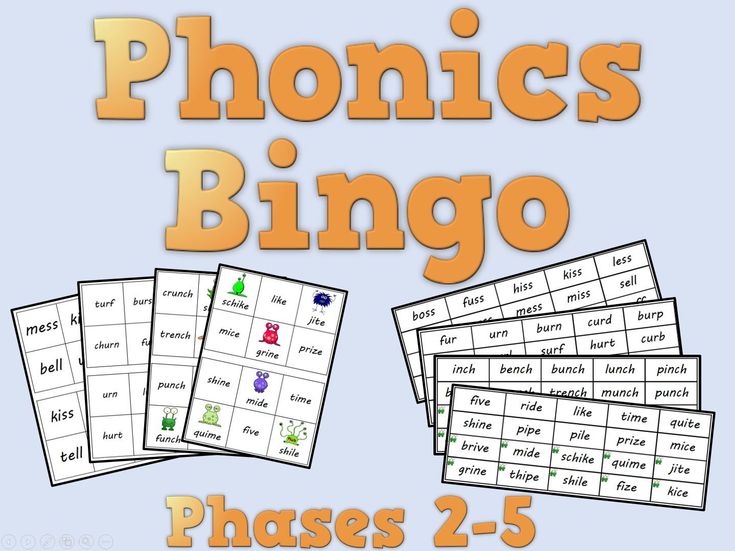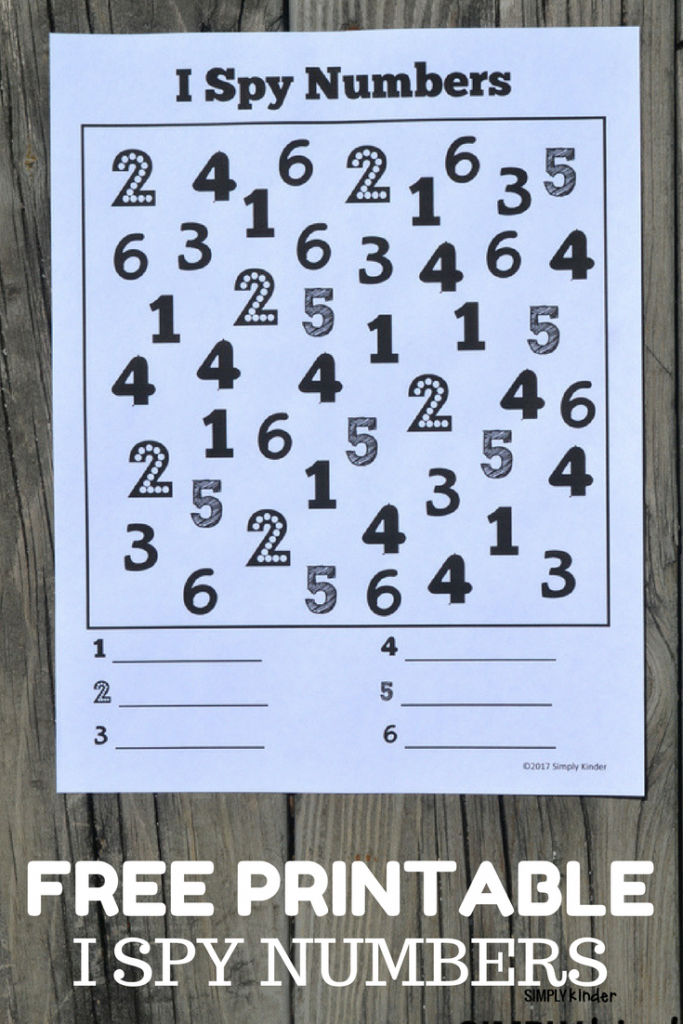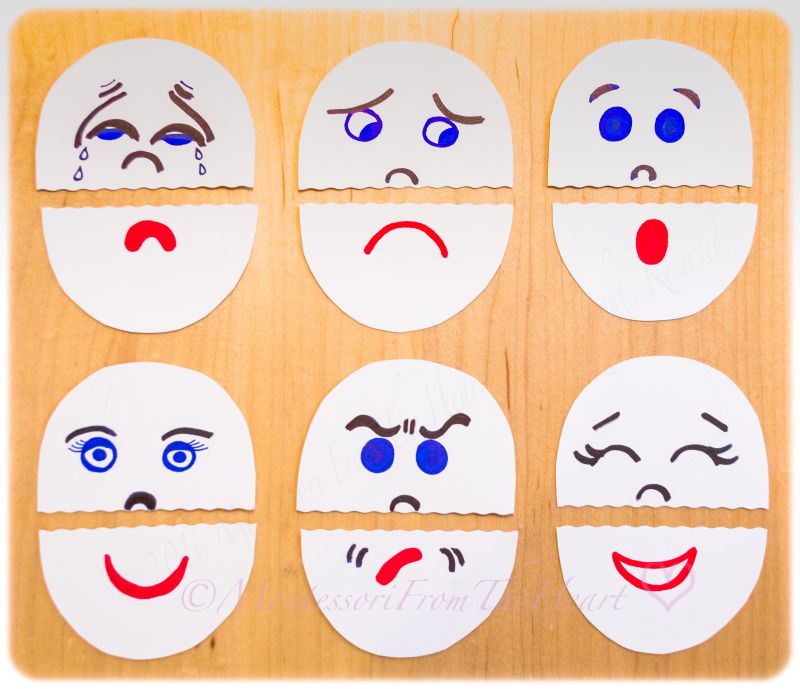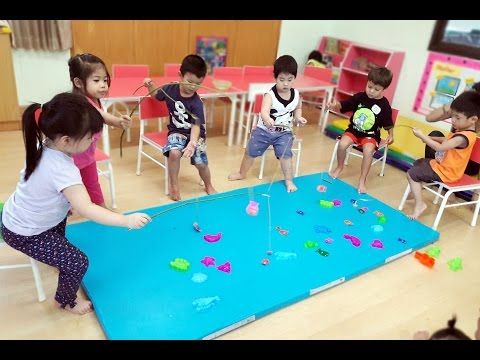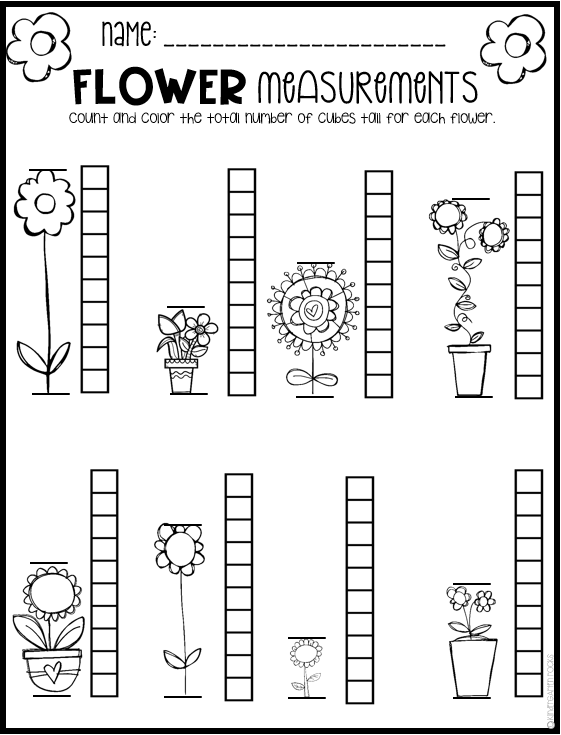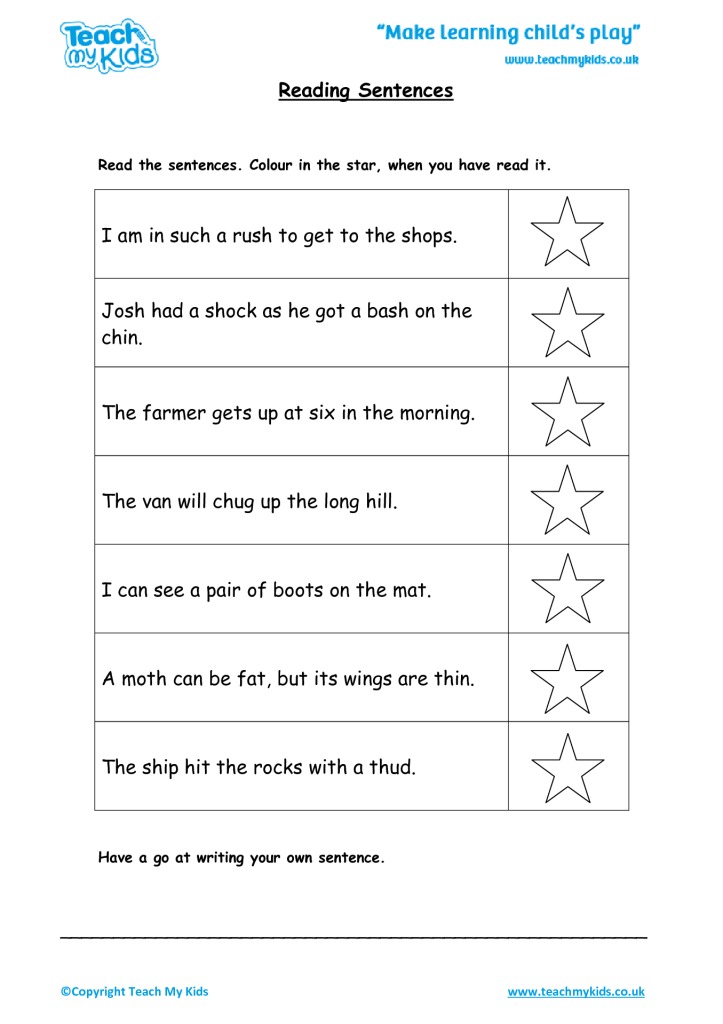Sight words for 2 year old
8 Easy Ways to Teach Sight Words to Preschoolers
Learning sight words is a critical skill for kids to learn how to read!
Teaching children how to learn sight words can be a challenge.
Why?
Because it all comes down to memorization. There is not a way to sound out these words. In case you are unfamiliar, sight words are words like that don’t follow the traditional rules of spelling or can’t be sounded out phonetically. Some examples of sight words are who, does, and come.
To give your preschooler a great jump start to reading, I have come up with 8 EASY ways that you can teach your preschooler sight words!
#1. Start With TWO Letter Sight Words
Does anyone have a toddler that says no to absolutely everything?
You’ll be hearing it all over again when you start teaching sight words because the word “no” is one of the easiest ones to recognize!
When you start out teaching a child sight words, it’s important to start small and build up to longer words. Starting with TWO letter words for them to memorize is going to be a lot easier than FOUR letter words.
Here are some two-letter sight words that you can start with: of, to, is, in, it, he, on, as, at, be, or, by, we, an, do, if, up, so, no, go
Once your little one has mastered the two-letter words, you can move onto three or more letter words!
While some of the words on this list can be sounded out and others can not, I think it’s easier to have your child just memorize the words so they can say it at a glance.
Here is a list of sight words for each age/grade level?
I use the above sight word checklist when I am deciding what new words to teach my daughter!
#2. Choose Sight Words In Your Child’s Favorite Books
I have a quiz for you.
How many sight words can you find in this sentence below from the book, Where the Wild Things Are?
“His mother called him “WILD THING!” and Max said “I’LL EAT YOU UP!” so he was sent to bed without eating anything. ”
”
I found 12 sight words in that one sentence!
- (his, him, wild, and, said, eat, you, up, so, he, was, to)
Sight words are referred to as high-frequency words because some of them are the most common words in the English language!
When you are reading to a child, and they are starting to learn sight words, make sure to point out the words in their favorite books. They will be more interested in learning the sight words if it’s in a context they enjoy! We have a subscription to Highlights Magazine, and my daughter loves pointing out which words she recognizes.
Your kids will feel so proud when they can read a few words in their favorite stories. It will encourage them to want to learn more!
#3. Practice Daily
Just like teaching your kids the alphabet, numbers, and shapes, it takes repetition for them to understand the material!
At least a few minutes of work on sight words each day will help them immensely when it comes to memorizing sight words.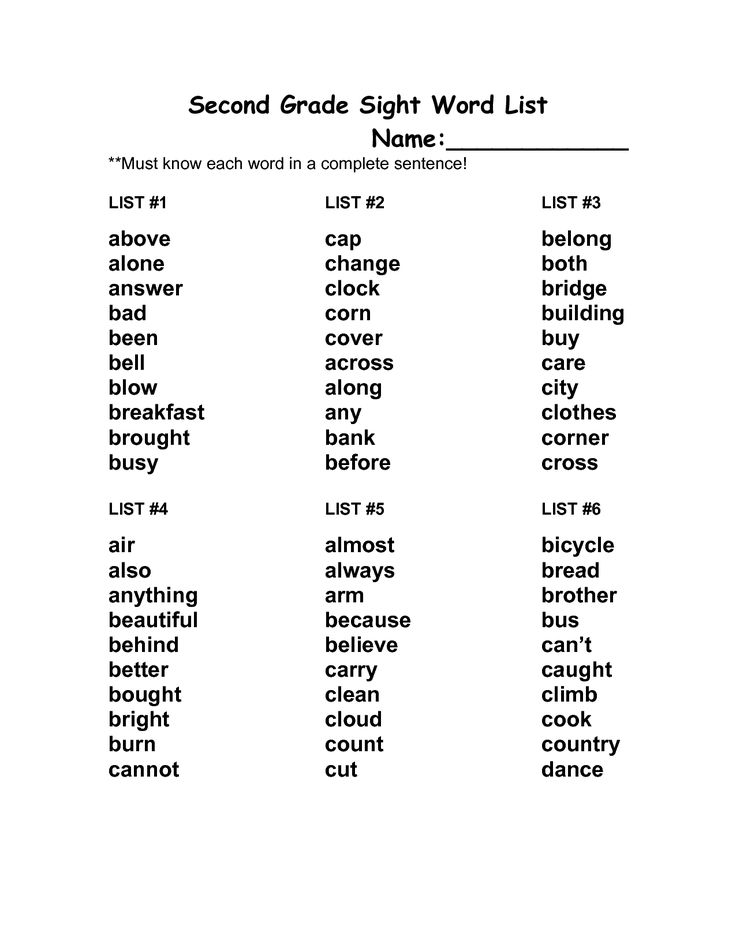
Here is what works best for my daughter:
I write the sight words that we have previously learned on a small dry erase board, which I limit to about 25 max.
Check Amazon's Price
We take some time and review those words plus add one or two new words depending on how well she does during the review.
Check out this short video of how I review the sight words with my daughter!
To ensure that she remembers the sight words we learned, I make sure to include ones that we learned in the past.
Tip#4: Make Reading Fun!
If I just focused on the above activity over and over again, I think I would struggle badly getting my kids to learn how to read.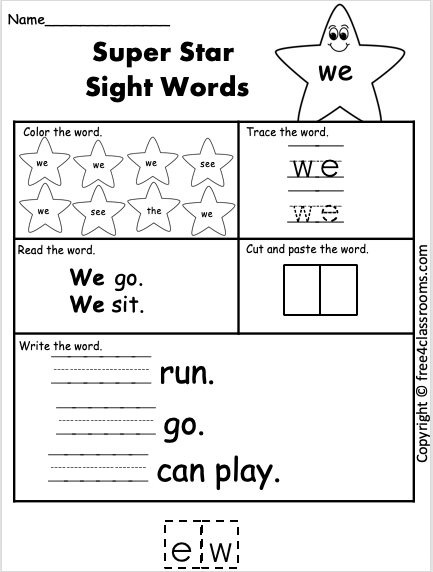
It’s essential to come up with EXCITING ways to teach your kids how to read!
Here are FOUR ways to make learning sight words engaging!
Activity #1. Shaving Cream Sight Words
Shaving cream is such an amazing sensory activity! Your kids will be so excited to use shaving cream for a learning activity, it won’t even feel like they are learning!
I use men’s foaming shaving cream because I think it works the best! But other types can be used as well.
How to do this activity:
1. Spray foam shaving cream on an art tray.
2. Spread it out so the shaving cream is all over the tray!
3. Write a sight word that you are working on in the shaving cream and ask your child if they know what it is.
4. Repeat this process over and over again! Let your child erase the words so they get a chance to play in the shaving cream!
Activity #2.
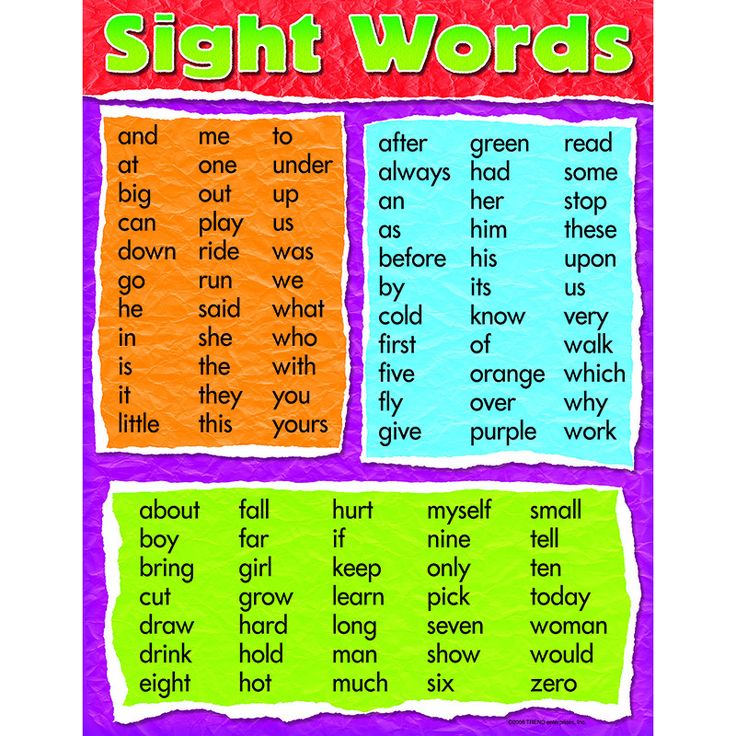 Do-A-Dot Painting Activity
Do-A-Dot Painting Activity
Do-A-Dot painters are one of my MUST-HAVE supplies to have on hand at your house.
They are so much fun to play with and they are pretty much MESS FREE! Can’t beat that right?
Do-A-Dot markers can be used for so many fun and learning activities. This specific activity was great because it worked recognizing a specific sight word while getting to paint!
GRAB YOUR FREE Pre-K Sight Word Do-A-Dot WORKSHEETS HERE!
(Each grade level coming soon!)
Check Price - Amazon
Want to check out my other MUST-HAVE Supplies? Take a look at my list HERE!
Activity#3. Play Sight Word Games
My new thing is trying to turn games into a learning activity!
My kids love to play board games, so why not add a little bit of learning into the mix while getting to play?
How to do this activity:
1.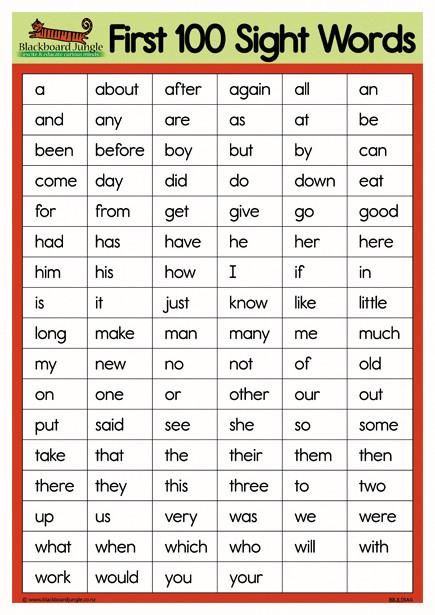 Materials you need- Don’t Break the Ice Game, dot stickers, and a marker.
Materials you need- Don’t Break the Ice Game, dot stickers, and a marker.
Check Amazon's Price
2. On white dot stickers, write some sight words that you are working on with your little one. I wrote one that my daughter already knew so she could play the game and be successful!
3. Explain to your kids that they have to tap lightly on the ice with the hammer instead of trying to hit it as hard as they can because a lot falls at once that way. Tell them they can play the regular way after you practice the sight words. 🙂
4. Ask them to find a specific word and tap on it with the hammer or they can tap on a word of their choice and tell you what it says!
5. After they say or find all the words, then you can play the normal way!
Activity #4. FUN Worksheets
My daughter loves to color, so I created this Popsicle themed Color by Sight Word Worksheet for her to do.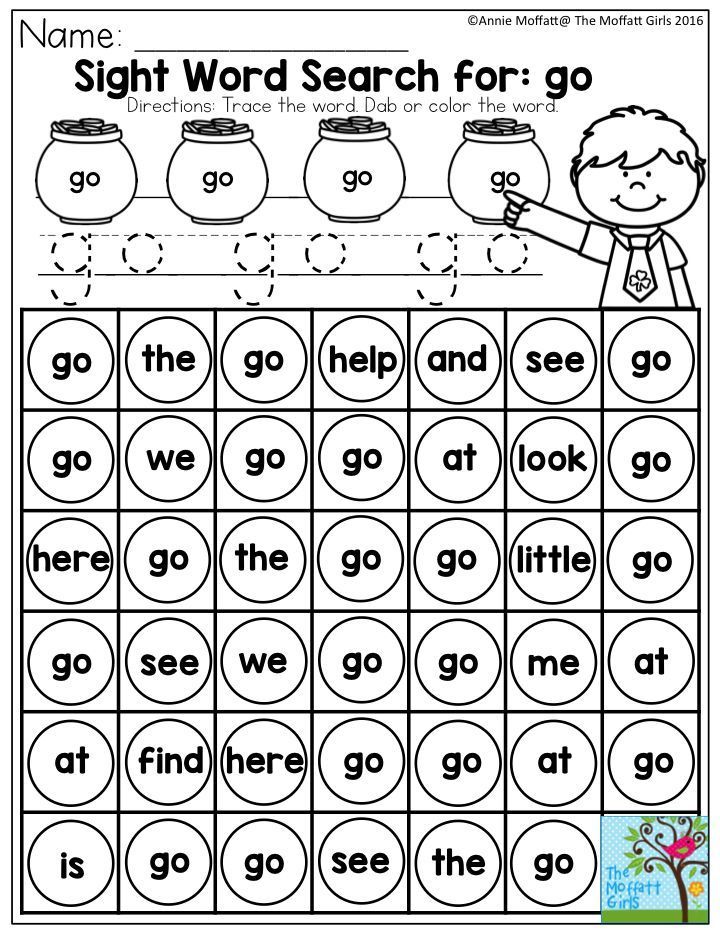
Here are some excellent workbooks available on Amazon that have activities ready to go!
- 100 Write and Learn Sight Word Practice Pages
- Wipe Clean: Learning Sight Words
- The Best Sight Word Book Ever!
Don’t want to buy an entire workbook? I am constantly working on new FREE resources to make available for you.
Click here to grab your FREE Popsicle Color by Sight Word WORKSHEET!
Also, take a look at the other FREE RESOURCES that I have while you are there!
#5. Build Sentences with Sight Words
Building sentences using sight words is a GREAT way to show your child how the specific word is used in real life.
You can do this by verbally saying sentences or you can also do it in an interactive way.
We have a bunch of Thomas the Train, train tracks at home, so I thought it would be fun to work on sentence building with sight words with them!
How to do this activity:
1. Materials you need- Thomas the Train tracks, labels, and a marker.
Materials you need- Thomas the Train tracks, labels, and a marker.
View/ Check Amazons Price
2. On labels, write some sight words that make sense in a sentence that you kids know or you want them to learn!
3. Spread them all apart so they have to work on building the sentence so it makes sense. They will have to read each word then create the sentence!
#6. Add A New Word Each Day
Once your child can recognize words, you can start introducing at least one new sight word each day. In the beginning, you want to start slow.
Since sight words are based on memorization, that’s why learning one word a day is perfect for this age level.
While you should introduce one new word a day, remember to review past sight words that you practiced with them before. It’s crucial to go over these sight words so they won’t forget them.
Remember they are still preschoolers, repetition is key!
#7.
 Stay Positive!
Stay Positive!
You never want to rush the learning process.
Forcing preschoolers to sit and complete work when they are not ready may cause the child to think negatively about learning.
You want your child to be EXCITED to learn.
Don’t get frustrated if they don’t catch on right away or if it takes them a few days to master a word. It will happen with time, and they will feel successful if you encourage them!
There are times that my daughter can just not grasp on to a word.
For example, she had trouble memorizing the word “find.” I asked her every day for TWO weeks about this word, and she still wasn’t getting it. I decided I was going to take a break and come back to it later. I introduced the word to her again after about a month, and now she has no problem with it!
As parents, we have to be patient with our children while they are learning.

We are supposed to be their biggest cheerleaders! Tell your child how proud you are when they learn a new word. They will feel your excitement and, in return, be more excited to keep on learning new material!
#8. Join An Online Learning Program
One great website that works on early reading skills is Kickstart Reading.
Kickstart Reading– This is such a fantastic reading program! I also have a promo code that you can use to get some money off of your subscription! You will receive a FOREVER plan for $39.00(normally $57.00). This is a program that focuses solely on reading, which I think is better than anything else out there. Your little ones will learn about phonetics, sight words, vowel sounds, digraphs and MORE!
PROMO CODE: ABCDEE
Here is a short demonstration of just one of the segments included on Kickstart Reading.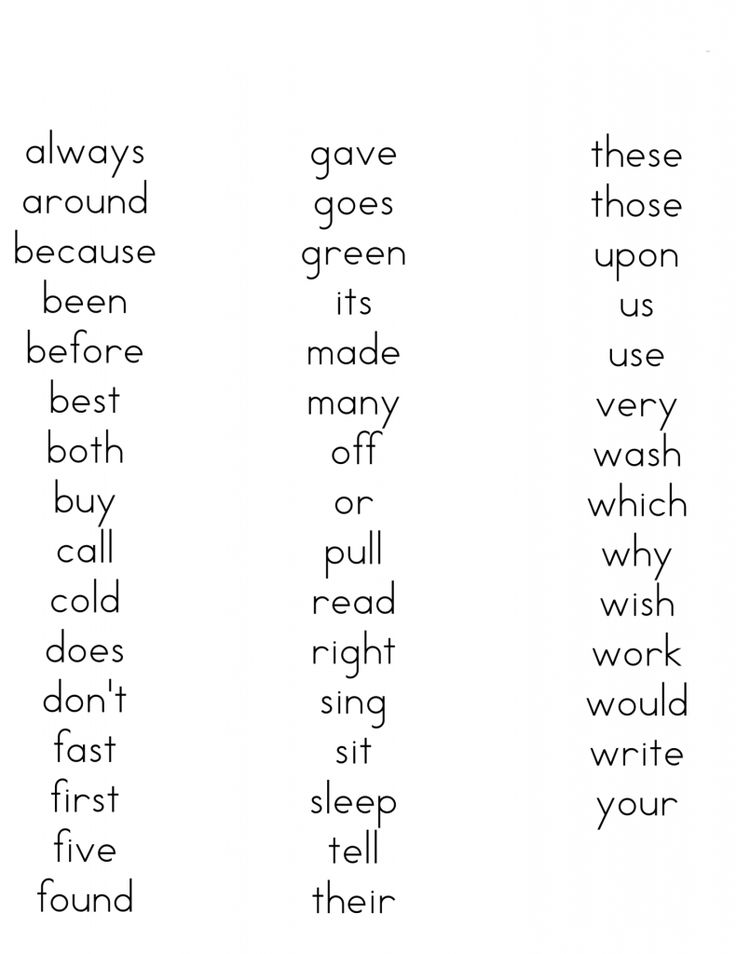 This is my 5-year-old daughter working on word blends.
This is my 5-year-old daughter working on word blends.
Final Thoughts and Conclusion
Deciding when to start your preschooler’s journey into reading is a fun but challenging adventure!
It’s important to start slow, begin with two letter sight words, and stay positive with them! Try to mix up the activities that you do with them to learn sight words to keep them engaged and excited to learn!
I would love to help you on your journey to teaching your preschooler sight words. Whether you need some creative ideas or you need more helpful suggestions, please leave a comment below.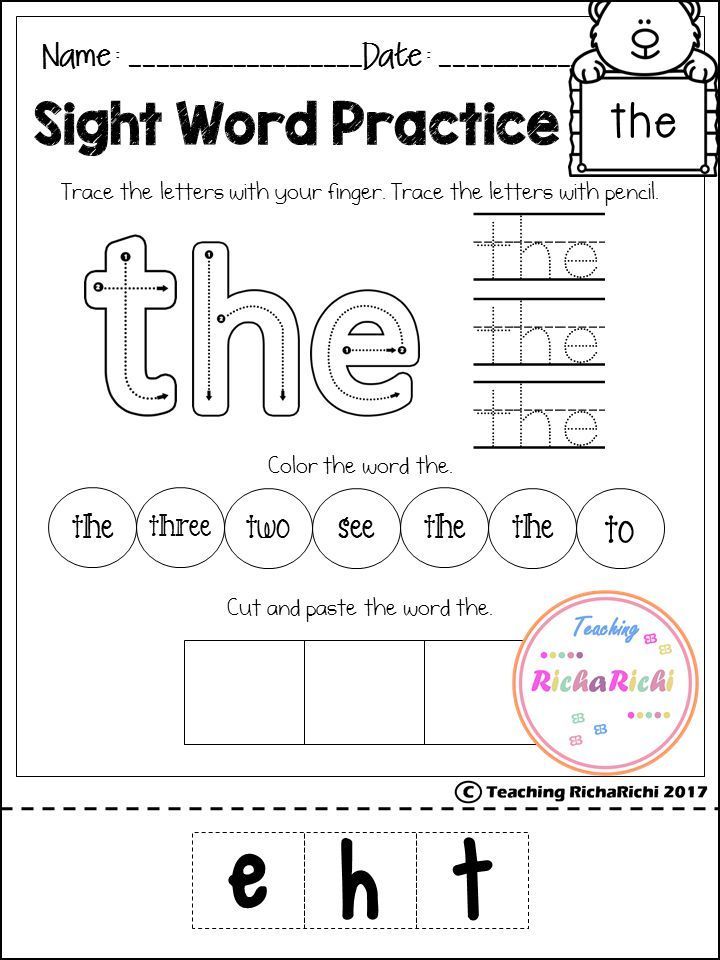
If you have any great ideas that you would like to share as well on what helped you teach sight words to a preschooler, please share them with us!
Sight Words FAQs | Sight Words: Teach Your Child to Read
Sight Words FAQs | Sight Words: Teach Your Child to Read Q: How many words should I teach per day? A: There is no set answer to the number of words to teach a child each day. Factors such as the child’s age, motivation, memory skills, and whether the child is learning a specific list for a school assignment affect this decision. But remember: it is much better for a child to have solid knowledge of 50 words than to kind of know 300 words. It is not enough for children to kind of know their sight words. They need to be able to recognize them instantly and accurately in order to build reading fluency and comprehension of written material they will read in books.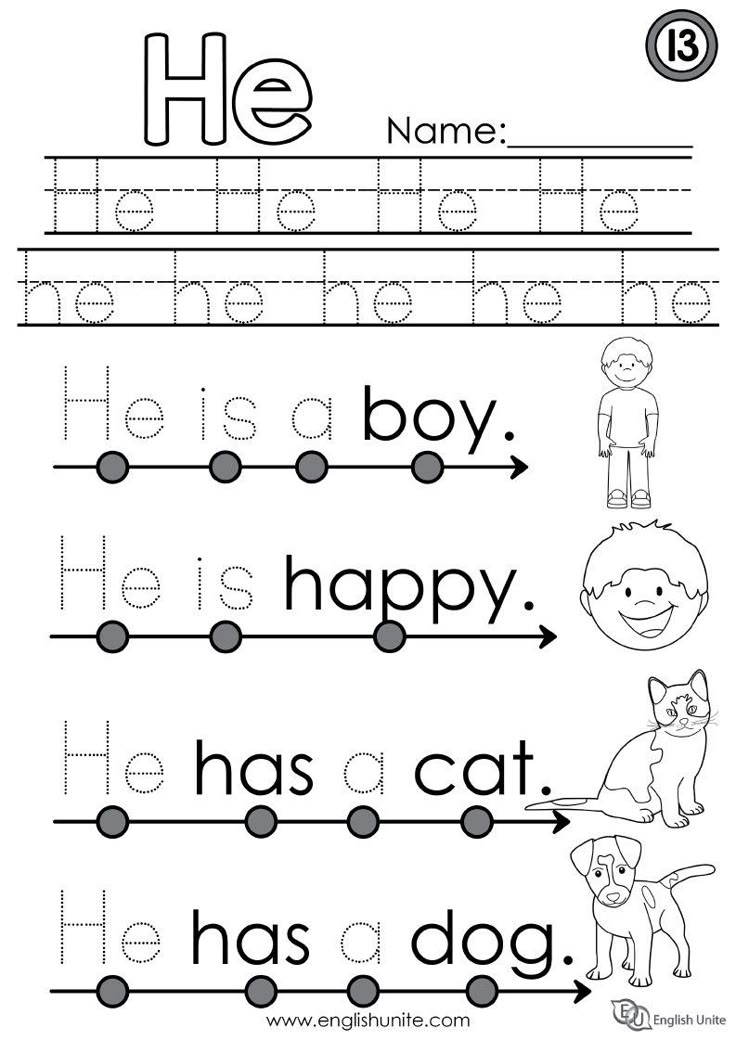
It is much better for a child to have solid knowledge of 50 words than to kind of know 300 words.We recommend that you start by thoroughly teaching your child three to five words in a lesson. On the first day, introduce three to five new words. In the next day’s lesson, start by reviewing the previous day’s words. If your child remembers those words, move on to introducing three to five new words. If he struggles with, let’s say, two of the previous day’s words, go through our full sequence of teaching techniques with those two words and then introduce just one to three new words. If your child aces the review part of each lesson, then you can probably introduce more new words per day. If he repeatedly struggles to remember the previously covered words, then slow down the pace. Q: When teaching sight words, should I use pictures together with written words? A: The research indicates that most typically developing children learn sight words better without accompanying pictures.
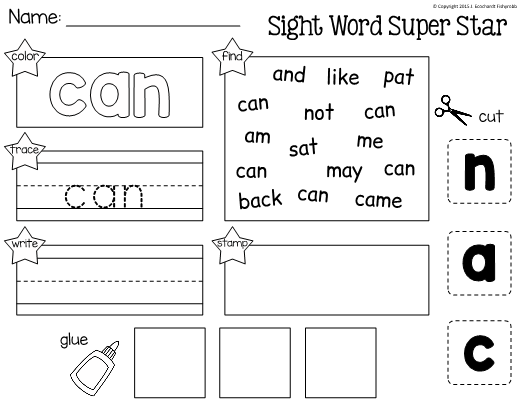 However, children who have cognitive delays, such as Down syndrome, seem to benefit from sight words being accompanied by picture cards. Q: Should I correct mistakes immediately, or wait until the end of the lesson or game? A: All errors should be corrected immediately. Please see our corrections procedure for instructions on how to correct mistakes in a positive, constructive way. It only takes a few seconds, so it won’t disrupt the flow of your lesson or game. Q: What does it mean to “master” a sight word? A: A child should recognize the presented target word three times in a row for three days in a row. The child should be able to identify and say the word quickly, showing that they know the word by sight and do not have to sound it out letter-by-letter. Q: My child is doing a great job with these activities! How much praise should I give her after each correct answer? A: Actually, very little. Gushing praise (“You are so smart,” a high five, “That’s wonderful!”) can be a major distraction to a young child with a short attention span.
However, children who have cognitive delays, such as Down syndrome, seem to benefit from sight words being accompanied by picture cards. Q: Should I correct mistakes immediately, or wait until the end of the lesson or game? A: All errors should be corrected immediately. Please see our corrections procedure for instructions on how to correct mistakes in a positive, constructive way. It only takes a few seconds, so it won’t disrupt the flow of your lesson or game. Q: What does it mean to “master” a sight word? A: A child should recognize the presented target word three times in a row for three days in a row. The child should be able to identify and say the word quickly, showing that they know the word by sight and do not have to sound it out letter-by-letter. Q: My child is doing a great job with these activities! How much praise should I give her after each correct answer? A: Actually, very little. Gushing praise (“You are so smart,” a high five, “That’s wonderful!”) can be a major distraction to a young child with a short attention span.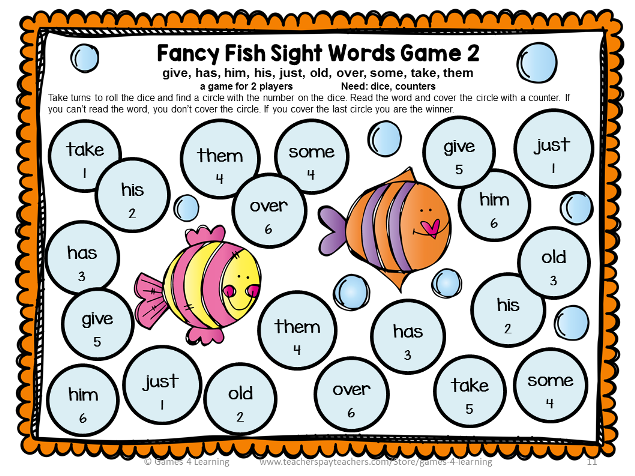 By the time you’ve finished praising her, she may have totally forgotten what she learned! Stick to a simple affirmation of a right answer (“Correct” or “That’s right”), and then continue with the activity. Similarly, if the child gives a wrong answer, point out the mistake and the correct answer in a simple, direct manner. You’re not being mean, you’re just staying focused! Q: What’s the best way to keep track of which sight words my child has mastered and which ones are still being studied? A simple way to organize the child’s sight words that have been mastered or on which the child is presently working is to use a 5″x8″ card file box with A-Z file dividers. Place a card marked CURRENT WORDS in the front of the box, and place another card marked MASTERED WORDS that will separate current words from mastered words. Then file mastered words alphabetically behind the A-Z file cards. The words currently being learned are best filed in random (non-alphabetical) order.
By the time you’ve finished praising her, she may have totally forgotten what she learned! Stick to a simple affirmation of a right answer (“Correct” or “That’s right”), and then continue with the activity. Similarly, if the child gives a wrong answer, point out the mistake and the correct answer in a simple, direct manner. You’re not being mean, you’re just staying focused! Q: What’s the best way to keep track of which sight words my child has mastered and which ones are still being studied? A simple way to organize the child’s sight words that have been mastered or on which the child is presently working is to use a 5″x8″ card file box with A-Z file dividers. Place a card marked CURRENT WORDS in the front of the box, and place another card marked MASTERED WORDS that will separate current words from mastered words. Then file mastered words alphabetically behind the A-Z file cards. The words currently being learned are best filed in random (non-alphabetical) order.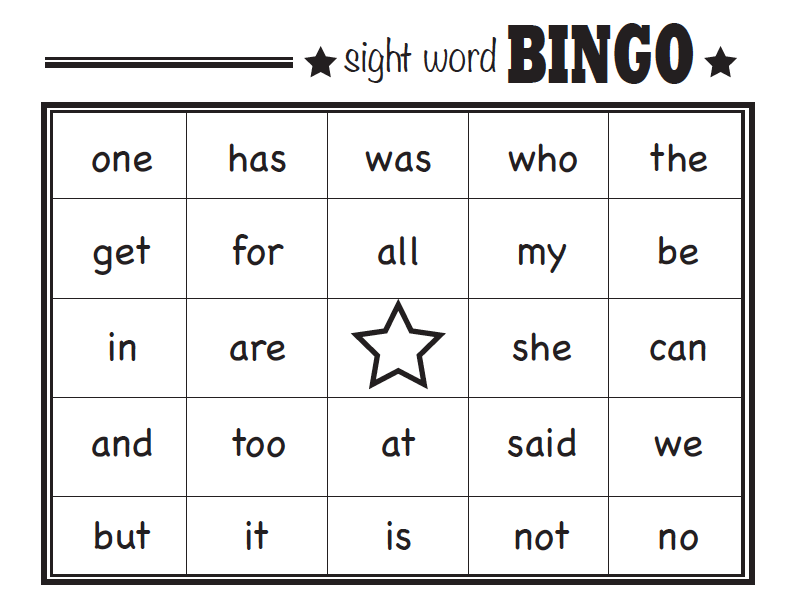 Q: My child enjoys the games a lot more than the lessons, so I’m tempted to just do the games. Is that okay? A: No. Our sight words games are excellent tools for reinforcing the knowledge your child has acquired from the lessons, but they are not a replacement for the sight words lessons. If a child gets bored or distracted easily, consider shortening the lessons (by covering fewer words), but do not eliminate them! Q: Why are sight words sometimes called “service words”? A: Sight words actually service the reader by improving the child’s fluent, smooth reading of connected text in phrases, sentences, and paragraphs. Research has strongly shown that fluency in reading is a vital prerequisite for good reading comprehension. If the process of reading print is too slow and laborious, the reader’s comprehension of printed material will be seriously impeded. Q: When is it developmentally appropriate to teach sight words? At what age are children ready to learn sight words? A: Children’s language skills develop at different rates, so we can’t give you hard-and-fast age rules.
Q: My child enjoys the games a lot more than the lessons, so I’m tempted to just do the games. Is that okay? A: No. Our sight words games are excellent tools for reinforcing the knowledge your child has acquired from the lessons, but they are not a replacement for the sight words lessons. If a child gets bored or distracted easily, consider shortening the lessons (by covering fewer words), but do not eliminate them! Q: Why are sight words sometimes called “service words”? A: Sight words actually service the reader by improving the child’s fluent, smooth reading of connected text in phrases, sentences, and paragraphs. Research has strongly shown that fluency in reading is a vital prerequisite for good reading comprehension. If the process of reading print is too slow and laborious, the reader’s comprehension of printed material will be seriously impeded. Q: When is it developmentally appropriate to teach sight words? At what age are children ready to learn sight words? A: Children’s language skills develop at different rates, so we can’t give you hard-and-fast age rules.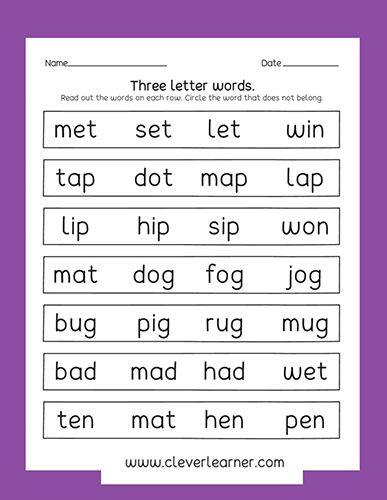 Most children will be able to master a few sight words in Pre-K (four years old). You can teach sight words earlier if your child is receptive to the material. But if your 2- or 3-year-old is uninterested and has difficulty retaining the words, then it’s probably too early, and you should wait a few months before trying again. A good goal, according to child literacy expert Timothy Shanahan, is that children should master 20 sight words by the end of Kindergarten and 100 sight words by the end of First Grade. Q: Should I be teaching my child sight words instead of phonics? A: No! Sight words are a supplement to phonics instruction, not a substitute! Phonics teaches your child the rules for decoding and reading most words. Sight words instruction is a strategy of focusing extra attention on the words that occur most frequently, so that your child doesn’t have to stop and decode every single word.
Most children will be able to master a few sight words in Pre-K (four years old). You can teach sight words earlier if your child is receptive to the material. But if your 2- or 3-year-old is uninterested and has difficulty retaining the words, then it’s probably too early, and you should wait a few months before trying again. A good goal, according to child literacy expert Timothy Shanahan, is that children should master 20 sight words by the end of Kindergarten and 100 sight words by the end of First Grade. Q: Should I be teaching my child sight words instead of phonics? A: No! Sight words are a supplement to phonics instruction, not a substitute! Phonics teaches your child the rules for decoding and reading most words. Sight words instruction is a strategy of focusing extra attention on the words that occur most frequently, so that your child doesn’t have to stop and decode every single word. Leave a Reply
Children's gymnastics for the eyes - the best sets of exercises for children
Increased visual load leads to a deterioration in the child's vision.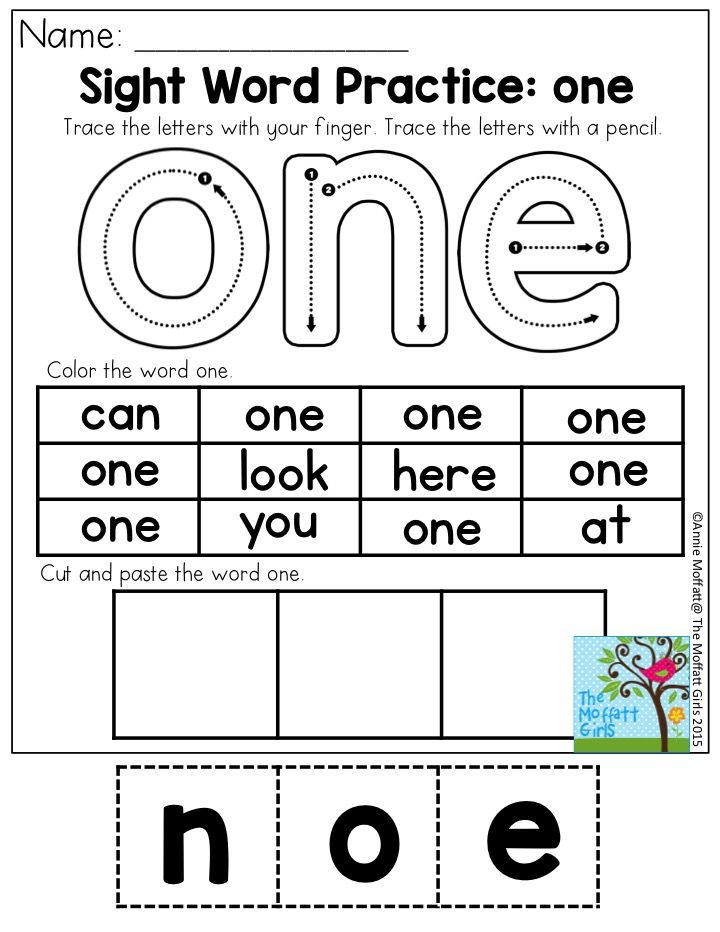 Computer games and gadgets, schoolwork, reading, doing homework - all this requires hard work of the eyes, leading to fatigue. This is fraught with discomfort, headaches and the occurrence of various visual impairments.
Computer games and gadgets, schoolwork, reading, doing homework - all this requires hard work of the eyes, leading to fatigue. This is fraught with discomfort, headaches and the occurrence of various visual impairments.
Make an appointment for your child to see a doctor
Regular exercise for the eyes minimizes harm and provides effective prevention of visual acuity reduction caused by overexertion. At the same time, you need to understand that no gymnastics will help cure visual disorders, for example, myopia.
When choosing gymnastics for the eyes, a lot depends on the age of the child. Some complexes are very simple, they are suitable for kids. However, parents should work with young children, explain to them what and how to do, show by example and make sure that the child does the exercises correctly. Other complexes are somewhat more complicated, they are designed for older children who are able to independently figure out how to do exercises for the eyes.
An important clarification: before doing gymnastics, it is recommended that you consult an ophthalmologist with your child. The doctor will exclude possible contraindications and give additional recommendations.
Contents
- Exercises for 2-4 year olds
- Visual gymnastics for children 5-6 years old
- Exercises for school children
- Recap
Eye exercise for children aged 2-4
At this age, the child, as a rule, is not yet able to concentrate on one lesson for a long time. It means that:
- the duration of gymnastics should not be long - it is better to do the exercises about 3 times a day for 1-2 minutes;
- classes must be carried out in a playful way, and this should be done when the baby is in a good mood, he is comfortable, he is not naughty.
The first exercise, which is called "Blind Man's Bluff" , helps to strengthen the muscles of the eyes:
- ask the child to close his eyes;
- count to three;
- now tell the baby to open his eyes.
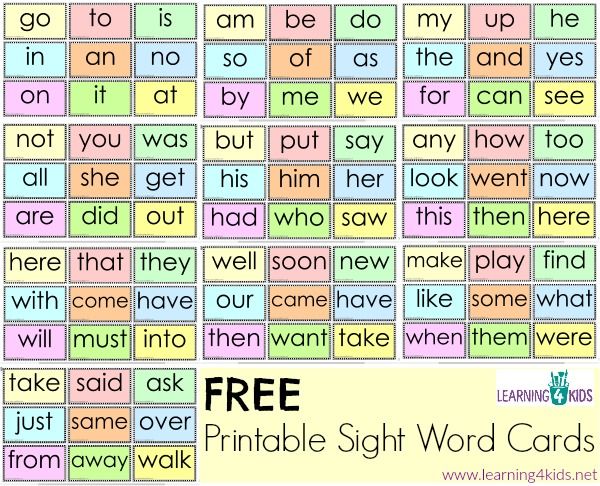
In this case, it is important that a small child learns to first strain his eyes, and then relax them. At first, you can invite him to watch you and at first close his eyes, sit a little with his eyes closed, and then open them so that it is easier for the baby to understand what you want from him.
The second exercise is "Butterfly Wings" . It aims to improve blood circulation in the eyes.
Let the child imagine that his eyelashes are the wings of a butterfly. In order for a butterfly to fly, it must quickly flap its wings, that is, the child must blink intensively. Let one "flight" continue for 10 seconds, then let your eyes rest for 5-10 seconds and repeat the exercise one or two more times.
And the third exercise that is suitable for children of this age is "Rhymes" . It makes it possible to relieve tension from the eyes and strengthen the eye muscles.
You recite poems, while the child must perform eye movements that correspond to what you say.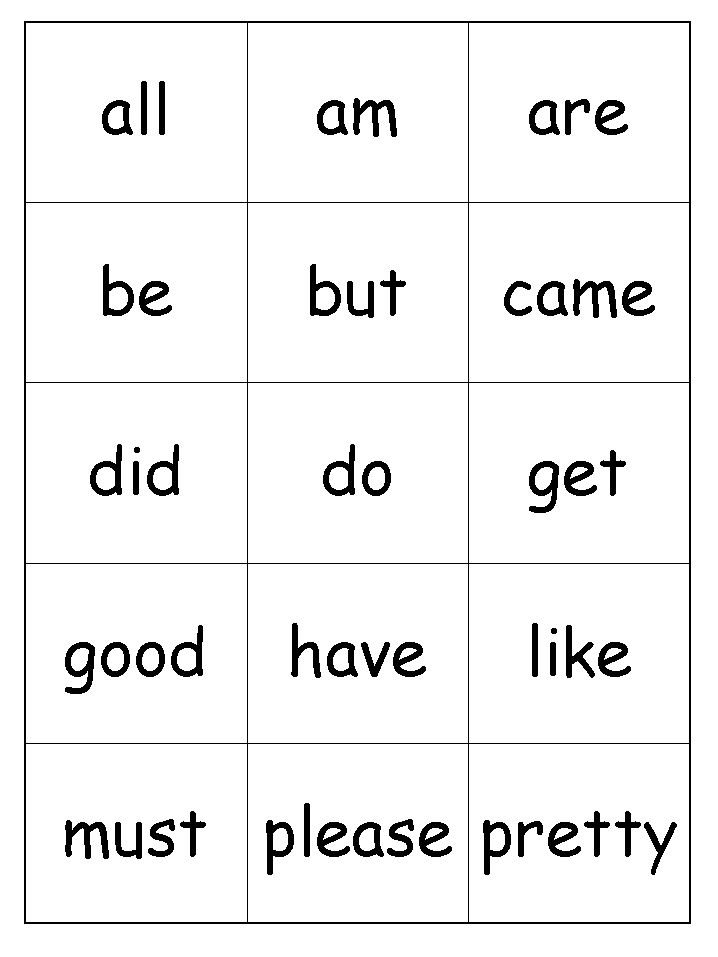 When performing this exercise, you also need to first show everything by your own example, so that the baby understands what he needs to do.
When performing this exercise, you also need to first show everything by your own example, so that the baby understands what he needs to do.
Take, for example, these verses:
Here is a big Christmas tree -
This is the height (the baby looks up, as if trying to see the top of the Christmas tree)
She has big branches -
This is the width of (the baby looks from left to right, as if estimating the width of an imaginary Christmas tree)
There are even bumps on the Christmas tree (the kid looks up, looking for imaginary bumps),
And below - the bear's lair (the baby looks down),
In winter, a clubfoot sleeps there (the child closes his eyes, imitating a sleeping bear, then blinks several times and closes his eyes again)
And sucks his paw in the den.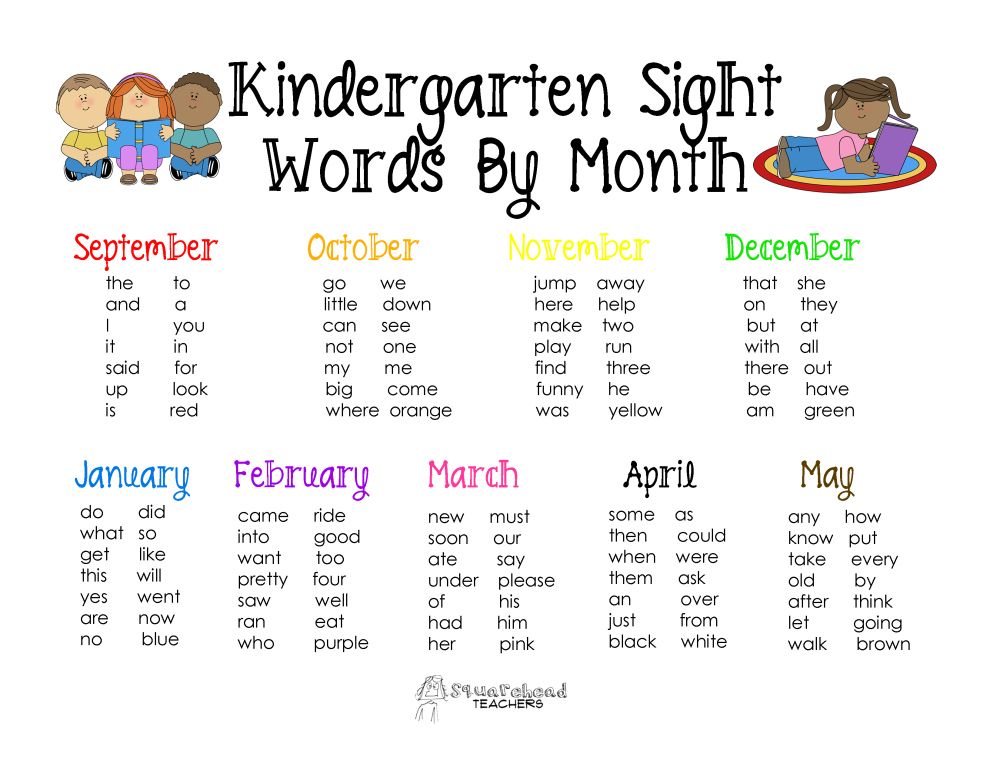
When performing this exercise, you need to ensure that the child moves his eyes, and not his head. If necessary, carefully correct it and explain again what needs to be done.
Eye exercises for children aged 5-6 years
Although the child is getting older, the playful form of exercise is still preferred. But now the baby understands better what you want from him, and can concentrate on the task assigned to him, so the duration of classes can be increased to 5-7 minutes.
Do exercises for the eyes in a playful way so that the child does not get bored and tries harder
The first exercise from the complex is called "Warm-up" . It is great for relieving stress from the eyes. As in the previous complex, it is worth using some verses here. The child will, in accordance with their rhythm and content, perform certain eye movements, for example:
Slept flower (child closes eyes, relaxes)
And suddenly woke up (the child opens his eyes, massages his eyelids, slightly pressing them clockwise and counterclockwise),
I didn’t want to sleep anymore (on this line you need to blink your eyes often),
Startled, stretched (raise your hands up and inhale, then look at your hands, spread them apart and exhale),
Soared up and flew (you need to shake the brushes, look left and right).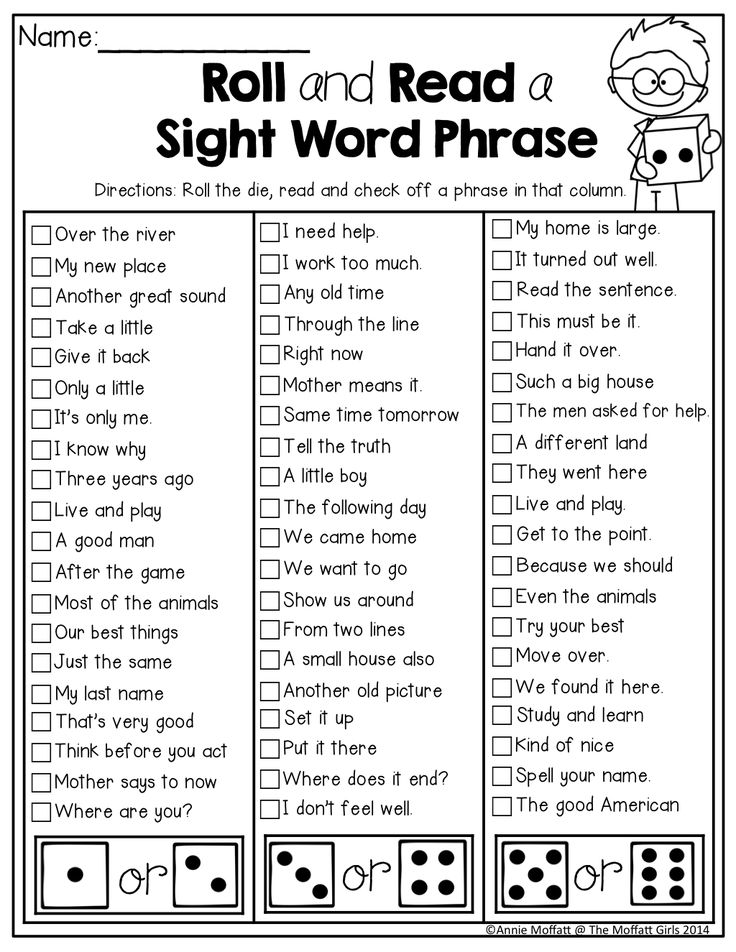
The second exercise is "Geometry Lesson" . For him, you need to prepare "training material" in advance. You will need:
- images of basic geometric figures - you can do with a circle, square and triangle;
- a pointer or an object that can be used instead.
The exercise itself is performed as follows:
- place pictures of geometric shapes on the wall, closet door, blackboard;
- use a pointer to show angles, trace contours;
- while the child needs to look at the tip of the pointer without moving his head.
Geometry Lesson stimulates blood circulation in the eyes, develops and strengthens the eye muscles.
Another exercise - "Drawing with the eyes" . It helps to strengthen the eye muscles, and at the same time promotes the development of creative abilities. Invite the child to draw something in the air, using not a pencil, not a brush and paints, but their own eyes.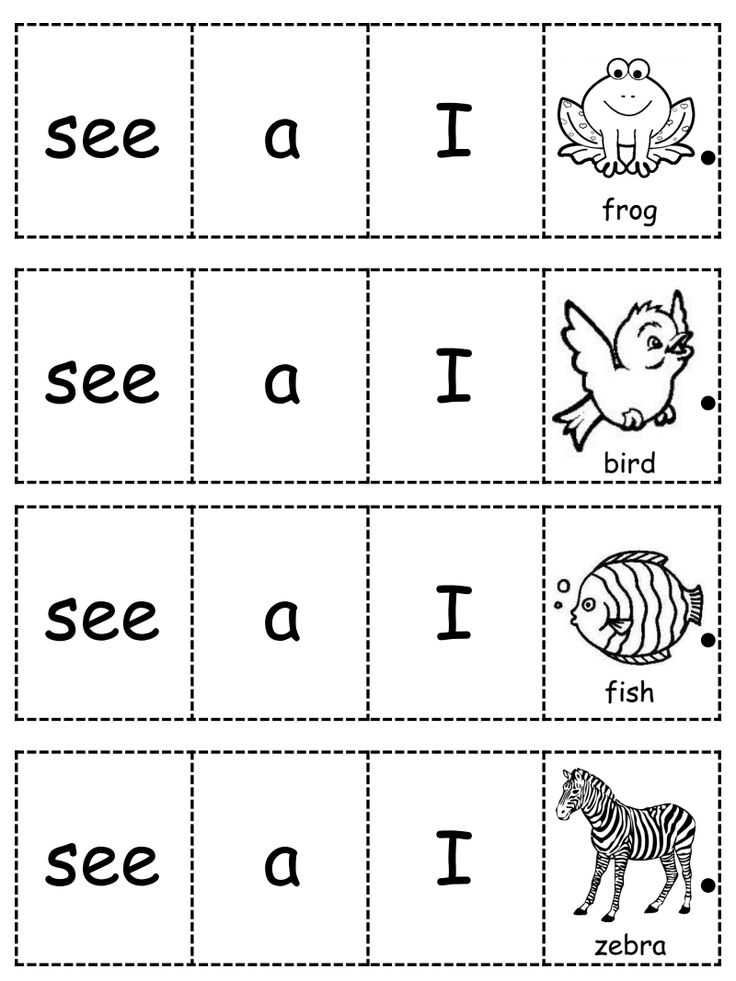 It can be a house or a person, a dog or a tree, it all depends on the imagination - his and yours.
It can be a house or a person, a dog or a tree, it all depends on the imagination - his and yours.
The main thing is that the child moves his eyes in different directions. You can set an example for him by using eye movements to make a simple drawing, a geometric figure, or a letter.
It is advisable to perform all these exercises in a complex so that the exercises look more diverse and do not cause boredom in the child. Their sequence can be changed.
Eye exercises for school children
Children grow up, become more serious and responsible, so there should be no problems with concentration, and now it’s easier for you to explain what and how to do. On the other hand, they may not like nursery rhyme classes at this age, so other exercises must be used.
It is the parents who should teach the child to exercise and care for vision.
The first is "House of Hands" . It will help improve blood circulation in the eyes and will be a good warm-up before the following exercises:
- Invite the child to put their hands together with their fingers crossed to make a “house”.
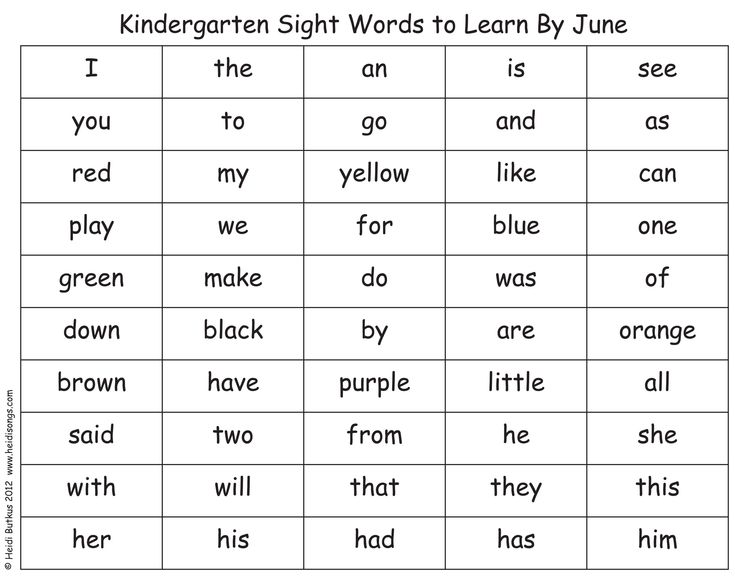
- This "house" must be placed over the bridge of the nose so that the crossed fingers touch the forehead, and the eyes are covered with palms. At the same time, as little light as possible should penetrate to the eyes.
- Now you need to blink, move your eyes left and right and “draw” numbers, letters, simple geometric shapes with them.
You need to do this exercise for one to two minutes. The "house of palms" can be used as a break while reading, watching TV or working at the computer.
The next exercise, "Imaginary Picture" , is suitable for both school-age children and adults. It helps to improve accommodation, that is, the ability to clearly perceive objects that are at different distances from the eyes, and also contributes to the development of fantasy.
To perform the exercise, you need to prepare in advance. Draw a picture with your child that shows many details, for example, a seashore with rocks and a lighthouse on them, birds over the waves, a ship sailing in the distance.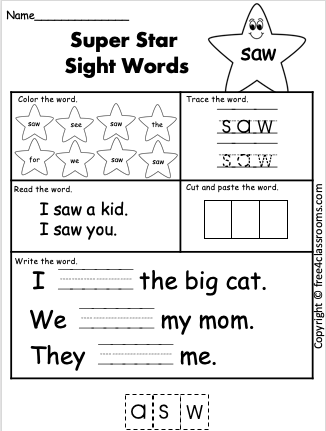
- Attach the painting to a wall, closet door, or chalkboard.
- Let the child look at the picture, look at the details.
- Ask him what he would like to add to the drawing, ask him, without touching the picture with his hands, to tell where what he proposed could appear. If he has no ideas of his own, suggest something of your own and ask him to develop this thought.
After a while, you can try to do the same, but without a drawing. Let the seashore on the wall be completely imaginary.
The optimal time for this exercise is 5-7 minutes. But if you feel that the child is bored, you can stop earlier.
Exercise "Drawing with the nose" assumes that the student will draw imaginary drawings using not the look, as was the case in the previous complex, but the tip of his nose. You can do this standing, sitting, and even lying down, but it is better to take a sitting position. You can close your eyes while doing this.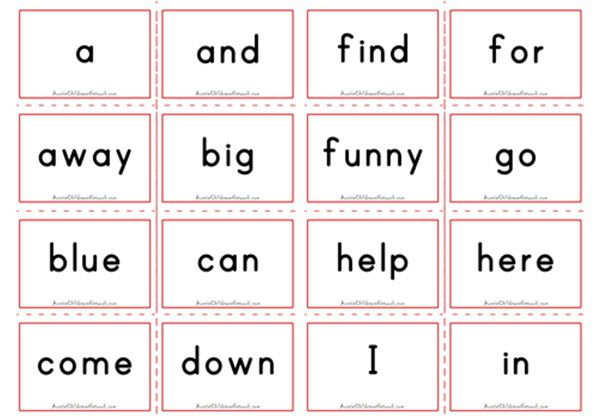
In this case, it is important to relieve tension not only from the eyes, but also from the muscles of the neck. If you sit for a long time at a desk or in front of the TV, the blood flow in the neck deteriorates, and this leads to a deterioration in the blood supply to the eyes. The Nose Drawing exercise helps to prevent these unpleasant consequences.
Summing up
Gymnastics for the eyes with children should be done regularly, only in this case it will be truly effective. If the kid has been doing such gymnastics for several years, it will be easier for him to continue doing it after entering school. He will also more easily tolerate the increased load on the eyes due to the good preparation of the eye muscles.
The younger the child, the more important the role of parents in gymnastics. They need to be reminded of the need to do exercises, motivate, set an example. If the baby does not understand why such gymnastics is needed, you need to somehow interest him - in an easy game form. For example, if he likes superheroes, you can tell that you can't become a superhero without good eyesight.
For example, if he likes superheroes, you can tell that you can't become a superhero without good eyesight.
Be sure to consult an ophthalmologist. High myopia, increased eye pressure, inflammatory eye diseases - all of the above are contraindications for exercise. Therefore, the specialist will tell you how long you should refrain from gymnastics, and will also help you choose eye exercises that will be especially effective for your child, taking into account his individual characteristics.
Make an appointment with a doctor
Find out how to keep your eyesight, tips and exercises for the eyes
The eyes are an important and vulnerable organ. During human life, the load on the eyes increases. If the eyes are not given due attention, then over time, vision becomes worse, characteristic diseases appear.
How to maintain vision for many years? There are eight rules, adhering to which, you can protect your eyes from the aggressive effects of external factors. This will help maintain eye health and prevent the development of characteristic diseases.
This will help maintain eye health and prevent the development of characteristic diseases.
Rules for maintaining vision:
- Sleep well. Regular lack of sleep has a bad effect on the state of the optic nerve, as a result of which the quality of vision is noticeably reduced.
- Give your eyes a rest during an active day. While reading, watching TV, working at a computer, you need to pause (10-15 minutes). It is advisable to devote one or two such pauses to special exercises for the eyes.
- Watching TV and reading books is important in a well-lit room. The habit of watching TV in the dark is detrimental to eye health.
- Read in correct position. It is strictly forbidden to read books while driving (in transport, while walking). You need to read while sitting, you should not get used to reading lying down.
- Do not squint. This habit not only spoils the appearance, but also negatively affects the eyes.
- Eat foods rich in vitamins A, E, C.

- Rest more often, walk in the fresh air.
- Visit an ophthalmologist regularly for preventive check-ups.
How to keep a child's eyesight?
WHO statistics show that almost every fourth student has vision problems. But the health of the eyes must be protected from childhood. Missing this moment at a young age, in the future, you can face extremely serious eye diseases that can lead to partial loss of vision or blindness.
What should caring parents pay attention to in order to prevent the development of dangerous vision problems in children?
- Watching TV, sitting at a computer or tablet for children should be dosed. Kids aged 2-3 years are recommended to watch cartoons no more than 15-20 minutes a day. Children aged 4 to 7 years should spend time watching TV, tablet, computer no more than 30-40 minutes a day. Schoolchildren over the age of 7 are recommended to spend no more than 1.5-3 hours on such eye loads, always with breaks.

- Training loads that involve learning to read, write, draw and other disciplines that require the load of the visual organ must be combined with active physical exercises (preferably in the fresh air).
- The child's diet should include all the necessary complex of useful substances. A particularly important product for vision is carrots. It is advisable to include this vegetable in the child's diet in the amount recommended for baby food.
- Parents should be attentive to any child's complaints about eye health. At the slightest suspicion of visual impairment or the development of other eye diseases, you should consult an ophthalmologist. All children, without exception, are recommended to undergo a preventive examination by an eye doctor once a year.
Influence of computer and TV on eye health
Modern man is overloaded with exposure to various devices.
We work at a computer, search for information and communicate through phones, video communicators, play consoles and other devices, watch TV before going to bed, and scroll through the news on a tablet in the morning.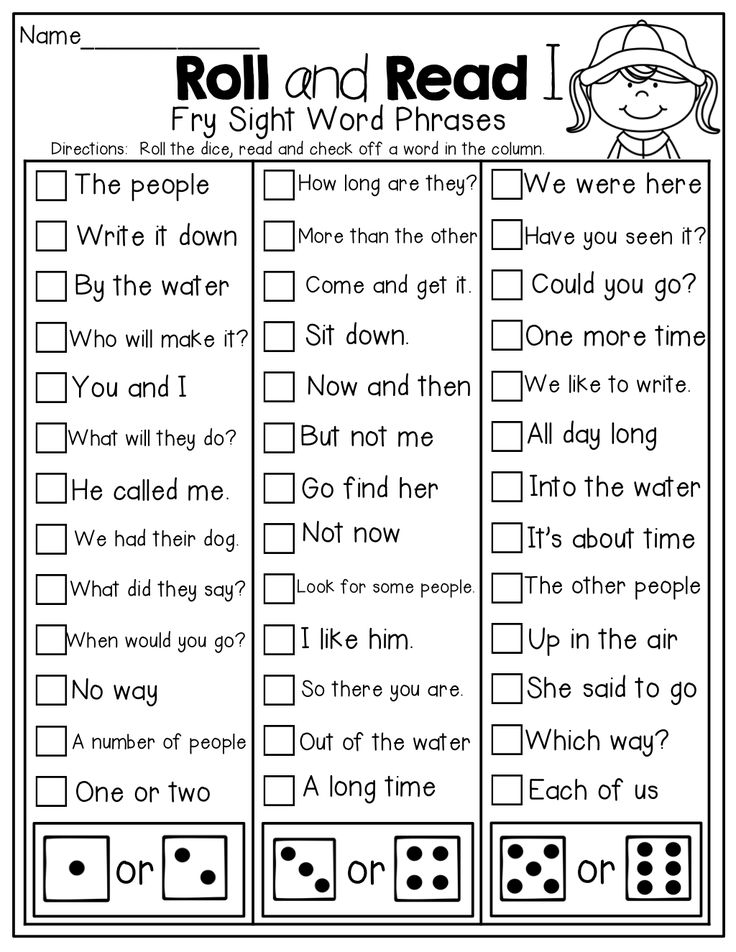 It does not matter whether a person is working or resting, his eyes are always in tension. Such loads are detrimental to vision. This must be taken into account. It is desirable to reduce the frequency and intensity of such loads. To preserve vision, it is important to follow simple rules for interacting with a computer, TV, book:
It does not matter whether a person is working or resting, his eyes are always in tension. Such loads are detrimental to vision. This must be taken into account. It is desirable to reduce the frequency and intensity of such loads. To preserve vision, it is important to follow simple rules for interacting with a computer, TV, book:
- The time of continuous "communication" with the TV or computer cannot be longer than one hour. You need to take a short break. It is better to refuse further load if sitting at the monitor is not related to work.
- The distance from the eyes to the screen measuring 32-46 inches diagonally must be at least 3-3.3 m. The distance from the monitor to the eyes can be at least 40-70 cm. The distance from the book to the eyes must not be less than 30 -40 cm. You need to read in the right light - the overhead light should be turned on in the room.
- If you feel tired, dry, sore eyes while working at a computer, you must definitely take a break.
 In case of fatigue of the organ of vision, it is necessary to relieve tension with the help of special gymnastics.
In case of fatigue of the organ of vision, it is necessary to relieve tension with the help of special gymnastics.
Exercises to preserve vision
In order to prevent the load on the organ of vision from becoming fatal, it is worth removing fatigue from the eyes with the help of simple exercises:
"Palming"
The simplest and most effective exercise. It is necessary to rub the palm on the palm until the tissues warm and attach both hands to the eyes crosswise. The fingers should join each other in the area of the "third" eye, the eyelids should be covered. In this position, it is necessary to spend several (2-5) minutes until a feeling of tension is felt.
"Blind Man's Blinds"
This exercise perfectly helps to relax the muscles of the visual organ and remove excess tension from the eye muscles, and also promotes blood flow to this area. It is necessary to close your eyes tightly 3-5 times, then relax.